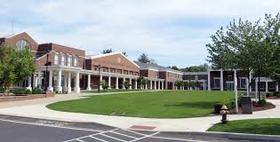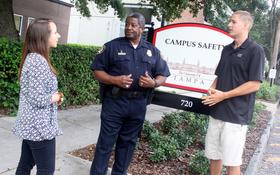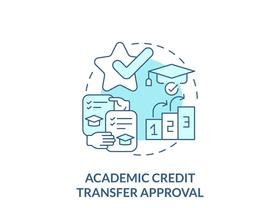Community colleges have experienced a surge in enrollment, thanks to an economic slowdown that has resulted in fewer graduates being able to afford four-year universities right out of high school. Rising unemployment rates have also contributed to the increased enrollment at these institutions, as laid-off adults head back to school to get training in recession-proof industries.
This trend works well into President Obama's plan to raise graduation rates at colleges across the country over the next few years. However, the increase in students also requires additional funding to accommodate them – which is much easier said than done in the current economic climate.
Stimulus Funding and Community Colleges
Stimulus money has been a help to many community colleges striving to provide courses and support to the new influx of students. However, stimulus funding is not expected to continue into the next academic year, leaving many institutions floundering for ways to make up the budget shortfall at a time when belts have already been tightened past the comfortable point.
In fact, the large majority of community colleges across the country have absolutely no idea how they will balance their budgets once stimulus funding ends, according to a recent study from The Education Policy Center at the University of Alabama.
According to a report at Inside Higher Ed, the annual survey of state directors of community colleges revealed that only 11 states have a plan in place to balance their




























